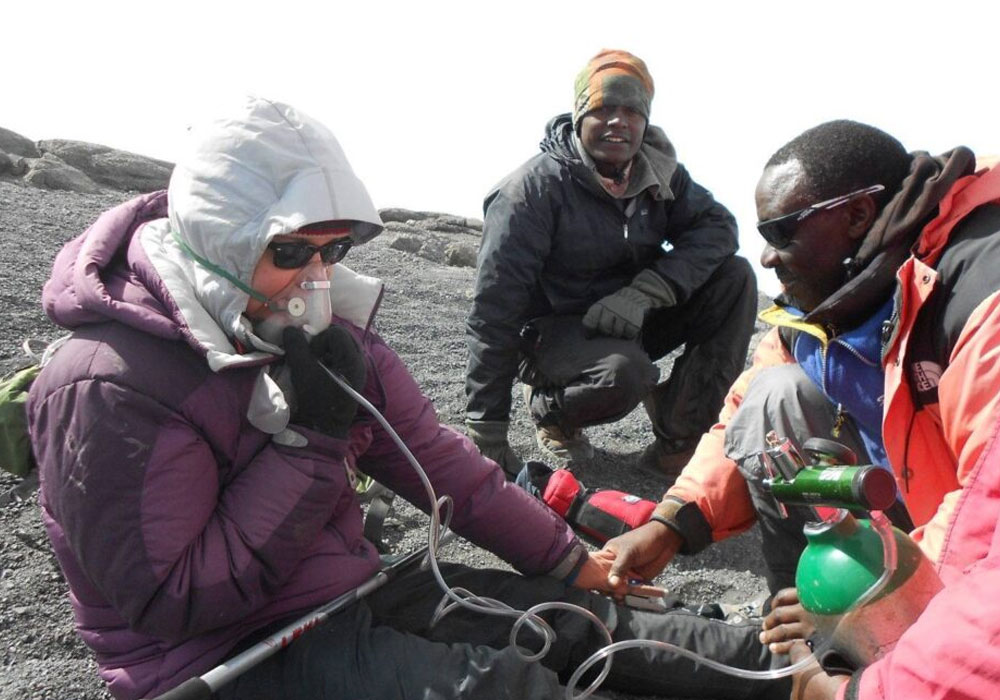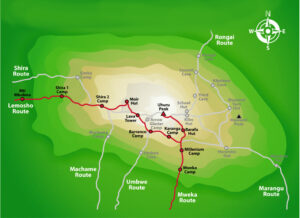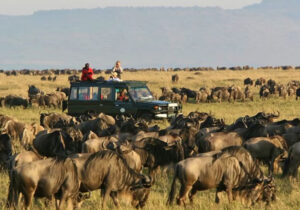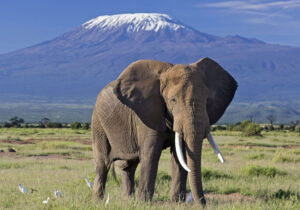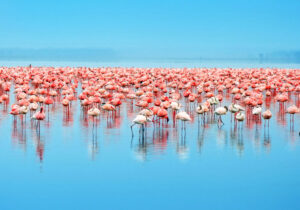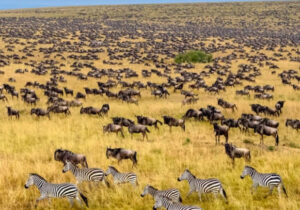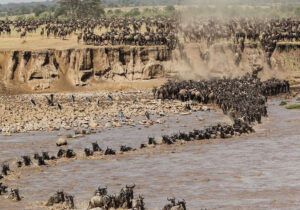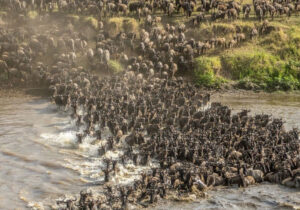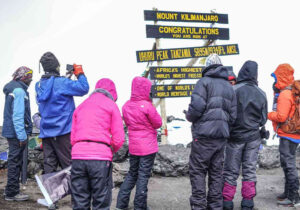Tips for Avoiding Altitude Sickness on Mount Kilimanjaro
Tips for Avoiding Altitude Sickness on Mount Kilimanjaro is one of the most common concerns for climbers on Mount Kilimanjaro. As you ascend to higher altitudes, the air becomes thinner, and the oxygen levels drop, which can make your body react in various ways. While altitude sickness can affect anyone, regardless of fitness level, there are proven strategies to minimize your risk and increase your chances of reaching the summit safely.
1. Gradual Ascent: The Importance of Slow and Steady
One of the best ways to avoid altitude sickness is to ascend gradually. Kilimanjaro’s climbing routes are designed to allow climbers time to acclimatize. Routes like Machame and Lemosho take longer, providing more days to help your body adjust to the increasing altitude. A slower ascent means your body has more time to adapt, which significantly reduces the risk of altitude sickness.
2. Climb High, Sleep Low
One of the most effective acclimatization strategies is the “climb high, sleep low” principle. This means ascending to a higher elevation during the day (for example, climbing to Lava Tower or Barafu Camp) but descending to a lower altitude to sleep. This technique encourages your body to adapt to the higher altitude while allowing for recovery at lower levels during rest periods.
3. Stay Hydrated
Dehydration can worsen the symptoms of altitude sickness, so it’s essential to drink plenty of water throughout your climb. On Kilimanjaro, the dry, cold environment can lead to rapid water loss, so make sure to hydrate frequently, even if you don’t feel thirsty. Kiriwe Travel ensures you have access to clean, safe water during your climb.
4. Avoid Alcohol and Caffeine
Both alcohol and caffeine can dehydrate your body, making it harder to acclimatize. To reduce the risk of altitude sickness, avoid these substances during your climb, especially in the days leading up to your summit attempt. Drinking herbal teas or fresh fruit juices is a better choice.
5. Listen to Your Body
If you start feeling unwell, it’s essential to communicate openly with your guide. Kiriwe Travel guides are well-trained in spotting the early symptoms of altitude sickness and will help you adjust your pace, take breaks, and make the necessary decisions if you start feeling symptoms like dizziness, nausea, or headaches.
6. Take Altitude Sickness Medication
Some climbers opt to take medications like Diamox, which helps the body acclimatize more efficiently. If you’re concerned about altitude sickness, it’s worth discussing with your doctor before your climb. Kiriwe Travel can also provide recommendations based on your health and trek requirements.
By following these tips, you’ll significantly reduce your chances of altitude sickness and increase your likelihood of a successful summit. For more information on how to prepare for your Kilimanjaro trek, contact Kiriwe Travel at [email protected].

